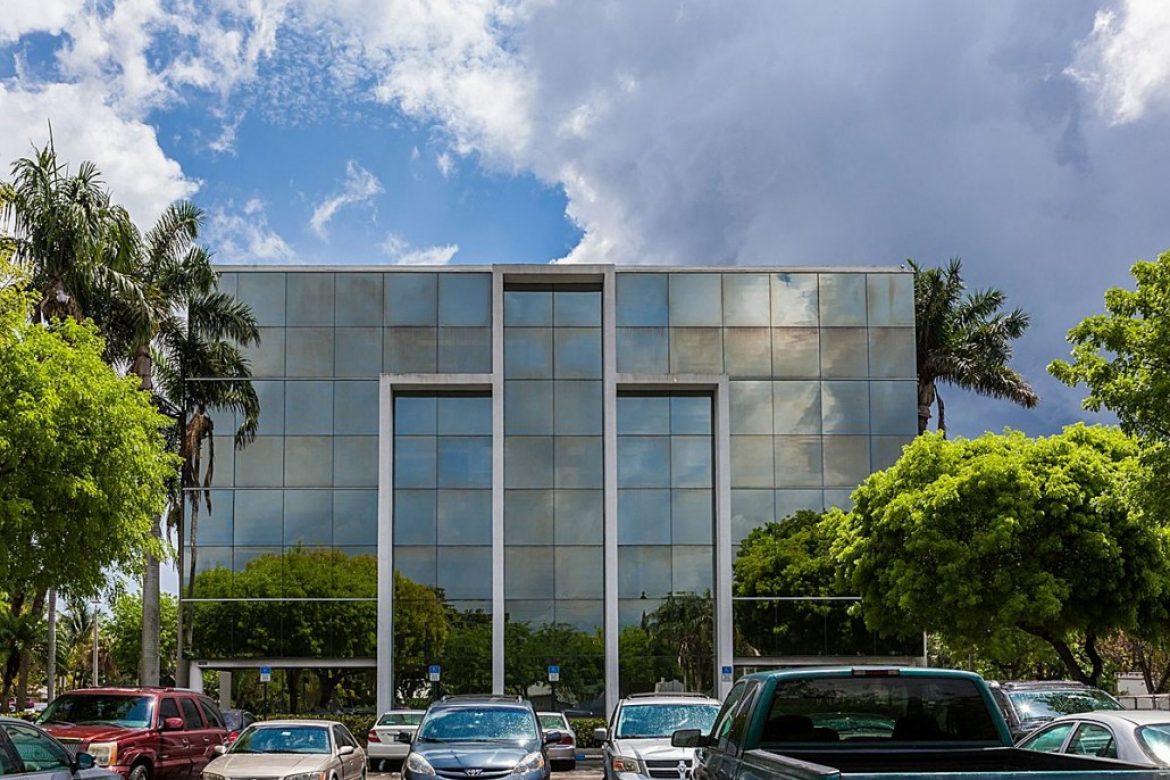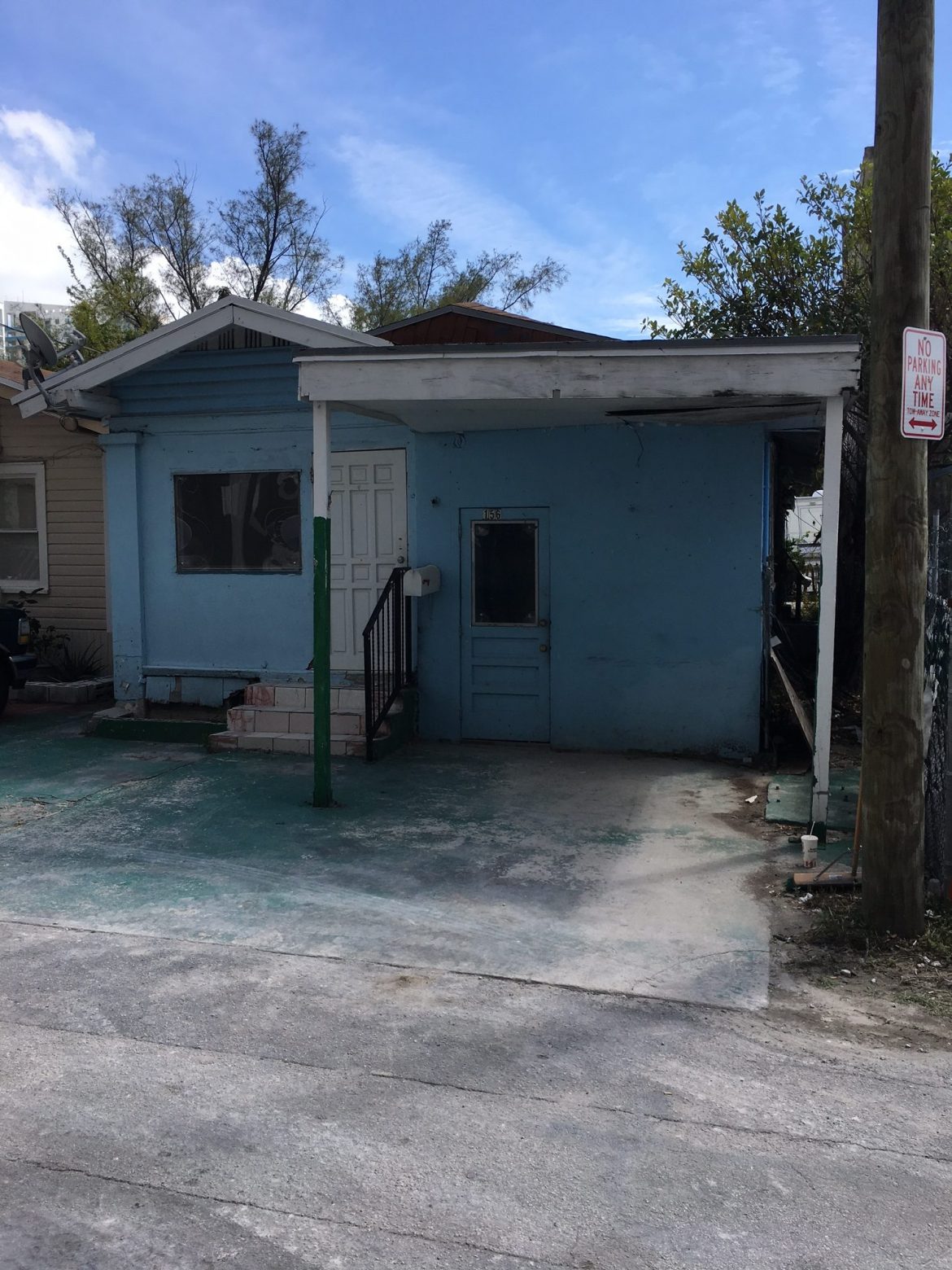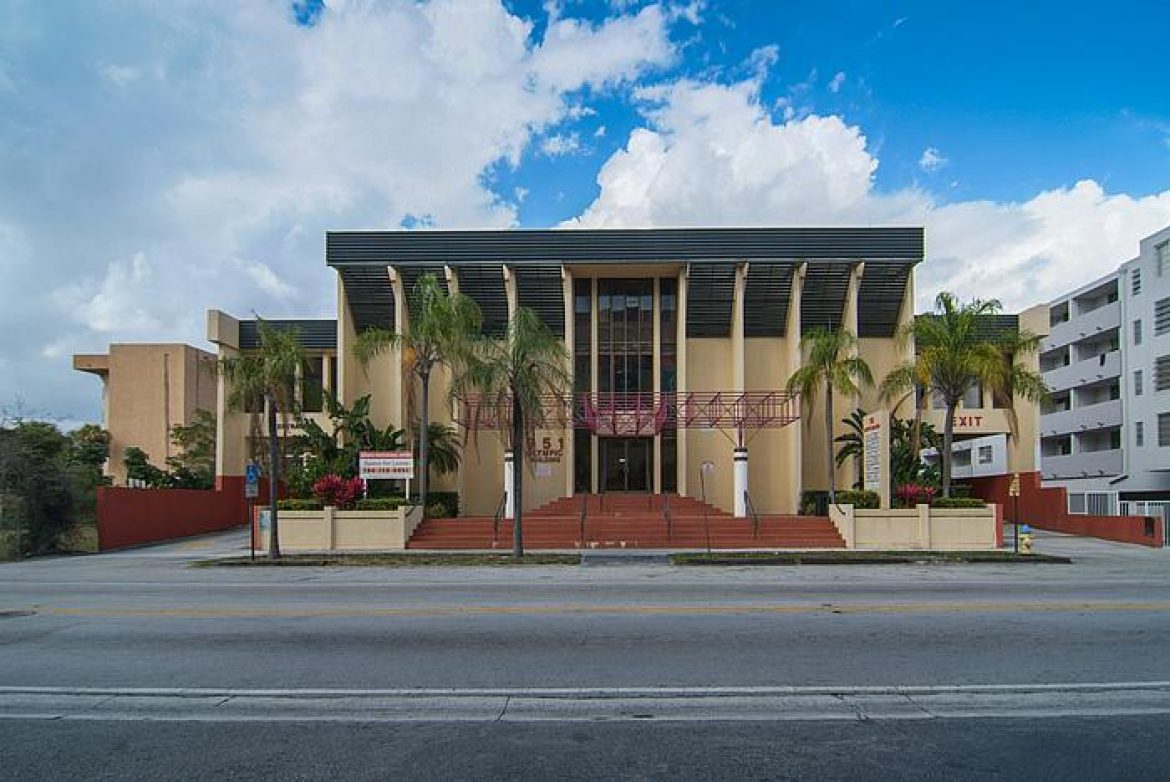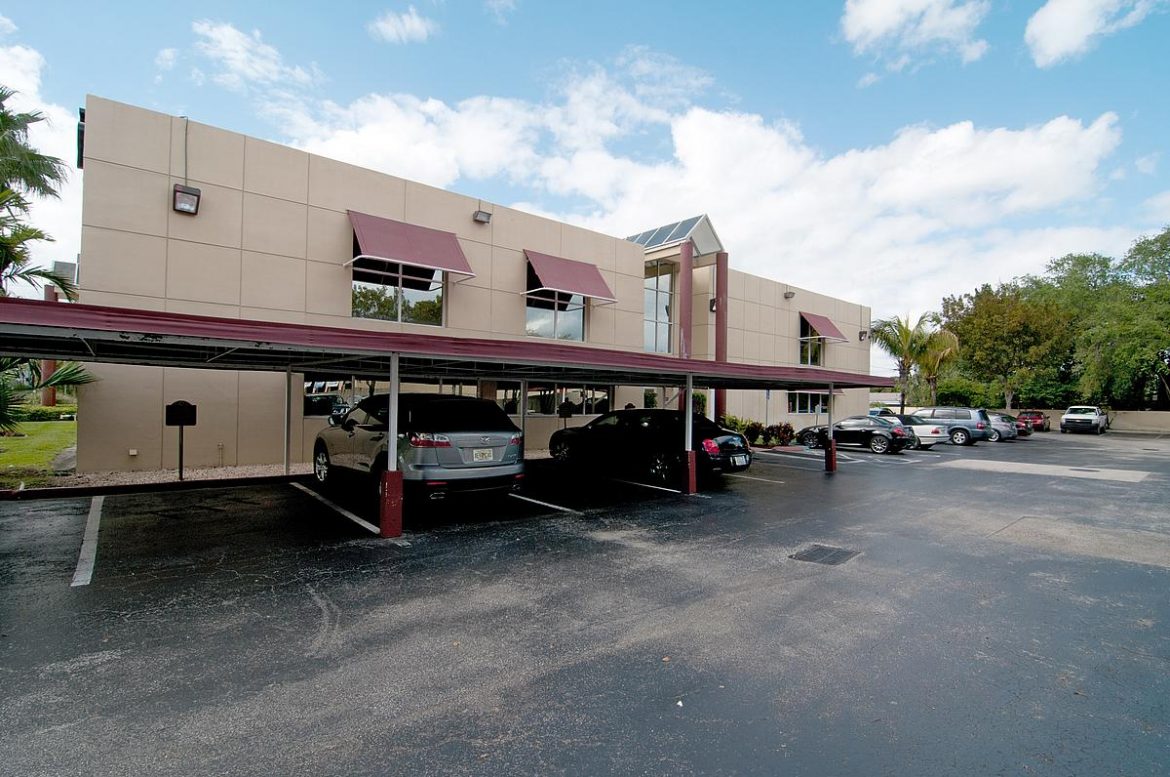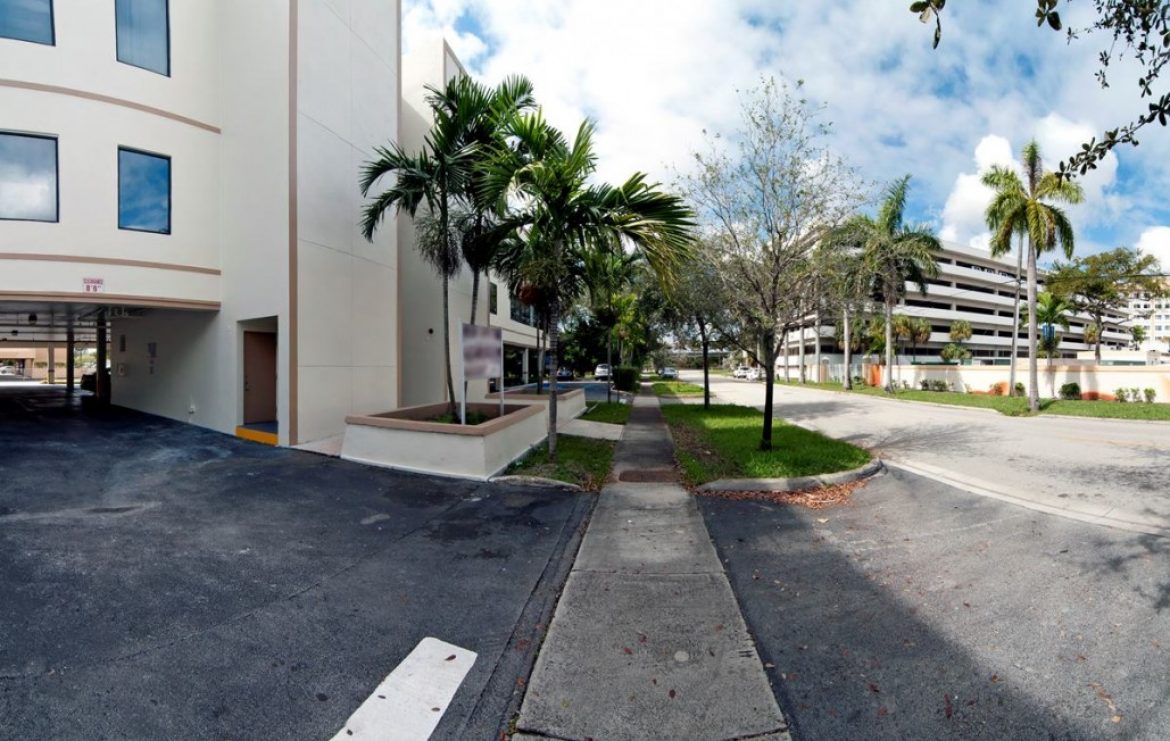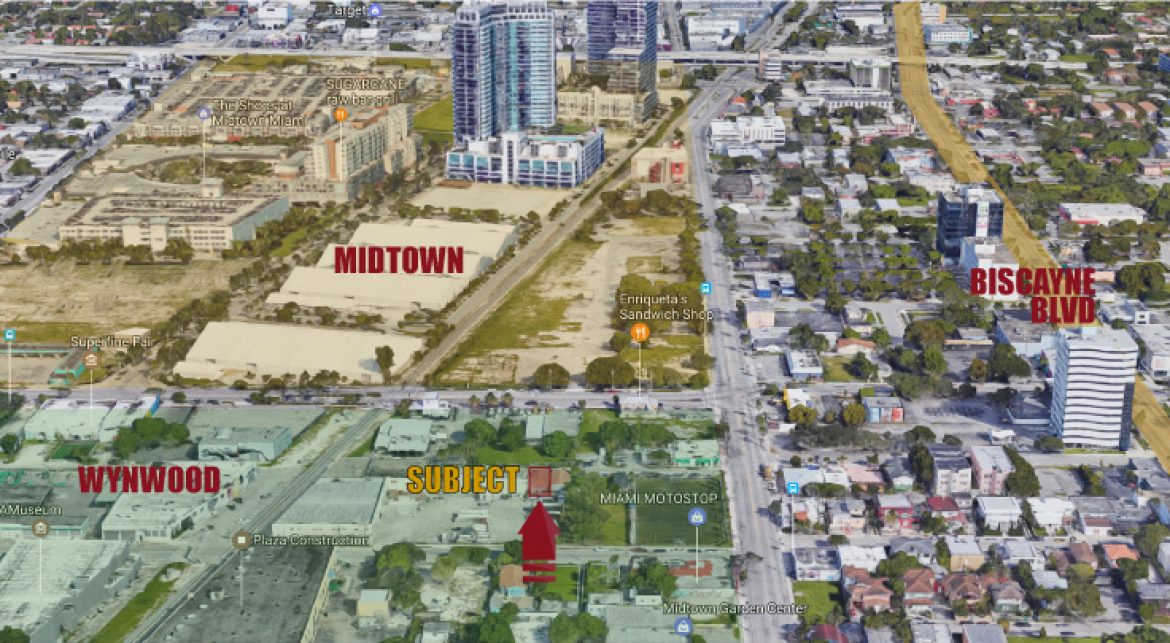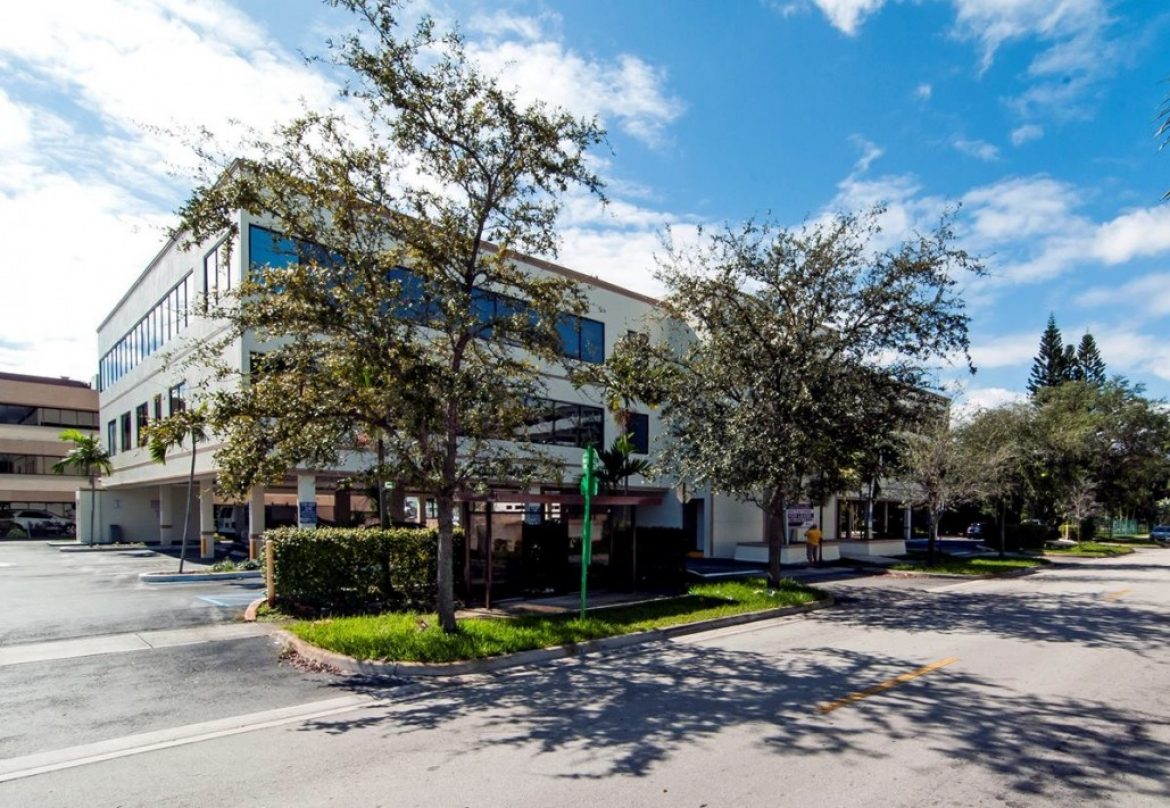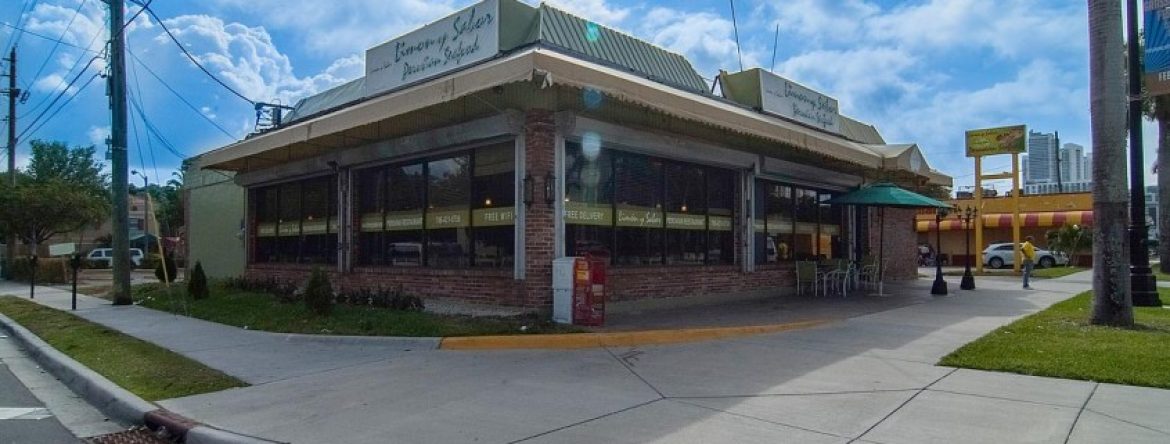
After Miami-Dade’s decision to build a new Brightline express train station in Aventura, Wynwood business owners and some local transit officials have begun circulating a new proposal for a long-discussed Tri-Rail station in the fast-blooming neighborhood.
Members of the Wynwood Business Improvement District, led by local property owner Bill Rammos, say the station would relieve increasing traffic congestion and offer an additional transit option as the once blighted area continues to morph into a shopping and tourist magnet.
“In the last five years, the 27th Street artery between Wynwood and Edgewater has become a major artery, especially for micromobility, like scooters and bikes,” Rammos said. “And not just for local residents that work here, but also for a lot of tourists.
“So It’s now becoming clearer to me that it would be a great location for a train station.”
A new set of drawings commissioned by Rammos would see the trains landing on Florida East Coast-owned tracks at a station between Northwest 25th and 27th streets. Rammos is among the largest property owners along that site.
Currently, public transit options to Wynwood are limited to buses and trolleys. Parking on a Saturday night costs as much as $4.73 an hour.
Some Wynwood BID members and other civic leaders argue the county’s decision to finance the Aventura Brightline station for $76 million raises the question of whether the county would join any effort to expand Tri-Rail services along Coastal Link.
A station in Wynwood, Midtown, Edgewater or the Design District has been proposed for years. It received a new push last year as a “demonstration station” project for the area was floated. However, that idea has been delayed.
At a Miami Transportation Planning Organization meeting last week, officials said they’d be willing to forego the demonstration project entirely in favor of a permanent station.
The proposal remains preliminary, said Steven Abrams, director of the South Florida Regional Transportation Authority, the organization that runs Tri-Rail. Abrams said a funding scheme has been proposed; the sources, which include the Florida Department of Transportation, Miami-Dade County, the city of Miami, and the Miami Parking Authority — are still meeting to come up with a final plan of action.
Alice Bravo, Miami-Dade County’s transit director, said Tri-Rail must nail down further details about the station.
“Tri-Rail has the lead on this,” she said in a phone interview.
And it would be Florida East Coast Railway — the Brightline sister company that operates the freight tracks along which Tri-Rail would run — that would have final say over the project. The deal between Virgin and Tri-Rail that will eventually get the latter into MiamiCentral also allows for another station somewhere between 71st Street and downtown, on two conditions: that the other station not obstruct Virgin trains and that Tri-Rail pays for any improvements needed to minimize obstruction.
An FEC representative could not immediately be reached by phone.
Rammos’ Wynwood allies include Carlos Rosso of Related Group, which recently completed the Wywnood 25 luxury apartment complex, and has another development, Wynwood 26, nearing completion.
“All the pedestrian traffic is coming to Wynwood,” Rosso said. “So it makes more sense.”
They also include Gary Nader, an art dealer who owns a gallery near the proposed station.
“It would be a lot of acres around that area,” he said. “We need to work together to do a nice project. It’s going to be very interesting.”
Source: Miami Herald

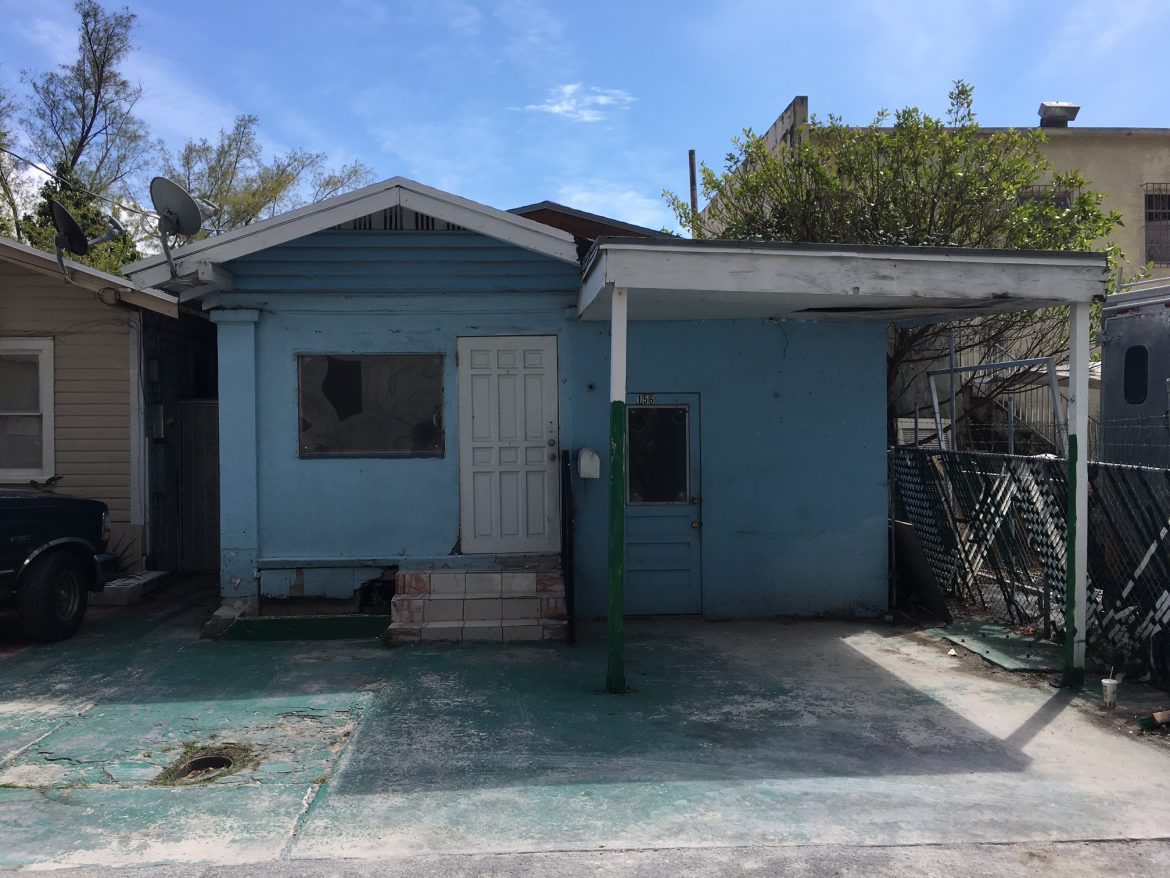
 The properties were placed on the market two weeks ago and have attracted six inquiries thus far.
The properties were placed on the market two weeks ago and have attracted six inquiries thus far.